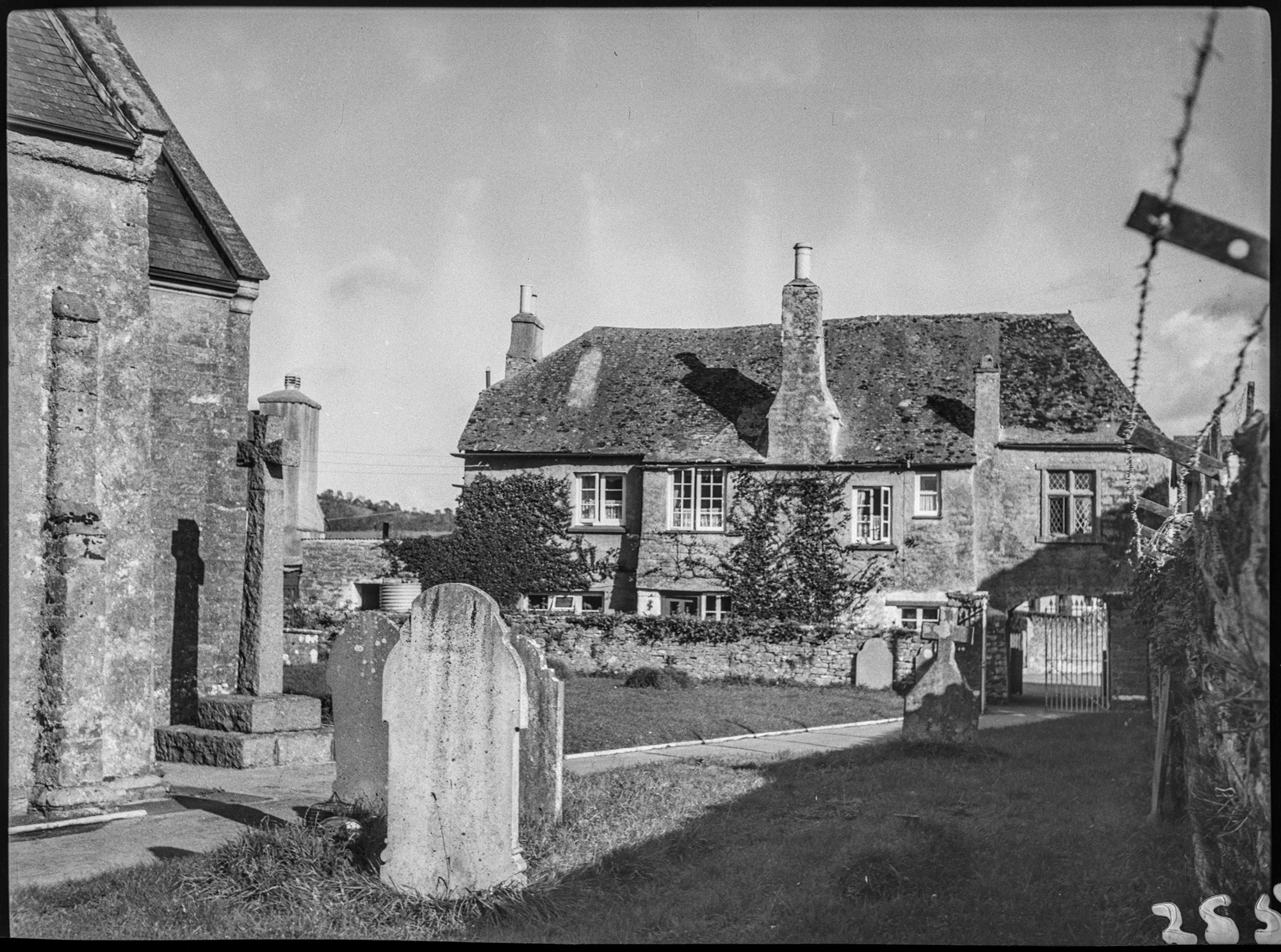History of a House
You can trace the architectural history of your house through old maps, photographs and written records.
Photographs and newspapers
Old photographs can show you how your building has changed over time. The Historic England Archive has an extensive collection of historic photos of buildings. You may also find images of buildings at local record offices. These offices will also hold archived copies of local newspapers, which can provide helpful contextual evidence.
Search for a listed building to see photographs from the Images of England project. If you've researched a building, why not share your story through the Missing Pieces Project?
Maps and plans
- Ordnance Survey (OS) Maps: These can show how an area developed over time and help establish when your house was built. Copies of OS maps from the 1840s onwards can generally be found at county record offices and local studies libraries
- Tithe Maps: These usually date from 1836 to 1850 and were created to help administer tithing payments. They show land boundaries, tenants' or owners' names, and usage types. The original maps can be found at the National Archives, and you may find copies at your local record office
- Land Valuation Maps and Field Books: The 1910 Valuation Office survey mapped all the properties in the country and recorded details of their owners, occupiers and addresses. The maps and field books are held at the National Archives. You may also find working copies of the maps at local record offices
- Estate Maps: If the property you are researching was once part of the estate of a large landowner, you may find it shown on estate maps (see Manorial and Estate records below)
- Enclosure Maps: Enclosure maps and awards may not show individual buildings, but they can establish land ownership, boundaries and rights of way. They usually date from the late 18th and early 19th centuries. Most enclosure maps are held at local record offices; an electronic catalogue is also available
- Building Plans: These would have been submitted to the local urban or rural district council for buildings regulation approval before construction, particularly from the late 19th century onwards. Local record offices may hold copies
Tax and rate assessments
- Hearth Tax (1662 to 1688): Useful for researching older buildings, the Hearth Tax returns can provide names of householders and the number of hearths, indicating the size of the property. The British Academy Hearth Tax Project maintains an online database
- Land Tax (1780 to 1832): Annual Land Tax assessments list land owners and occupiers in a parish, rentals, and property descriptions. They are generally held within the Quarter Sessions records at local record offices
- Parish Rate Books: Parishioners were assessed for their contributions to poor, church and highway rates. Rate books list names and amounts of rates due, which can help give insight into relative wealth. These are generally to be found within the parish chest records, usually deposited at local record offices
- Local Authority Rate Books: From 1834, people were assessed by newly created Poor Law unions. Their rates, along with the name of the property, were recorded in rate books that can be found within the local authority records at the local record office
Probate records
Wills can contain information about property transfer through bequest, or details of house contents.
To research this, you generally need to know the owner's name first. Wills before 1858 are usually found at local record offices or in the Prerogative Court of Canterbury registers, which can be viewed at the National Archives. Wills of a later date are held at the Principal Probate Registry.
Manorial and estate records
If your home was part of the estate or manor of a more considerable landholder, you could look at manorial surveys and accounts or records of the manorial court or Crown estates.
These can provide information about tenancy, occupation and property description, as well as the transfer of land within the estate. Such records may be held at local record offices, the private archives of large estates, or the Crown Estates office.
Sale catalogues
Property sale catalogues contain photographs, plans, and descriptions of rooms at the time they were sold. Other catalogues cover plots of land put up for sale on which houses were subsequently built.
Sale catalogues can be found in local record offices or private collections, some of which the Historic England Archive holds.
Researching specific building types
Certain building types have additional resources to help trace their history. These include:
- Farms, with information available through the National Farm Survey
- Public houses, where licensing information may be available
- Vicarages or church houses, when visitation records in the parish chest may provide extra detail
- Workhouses, plans and information. Find out more.





